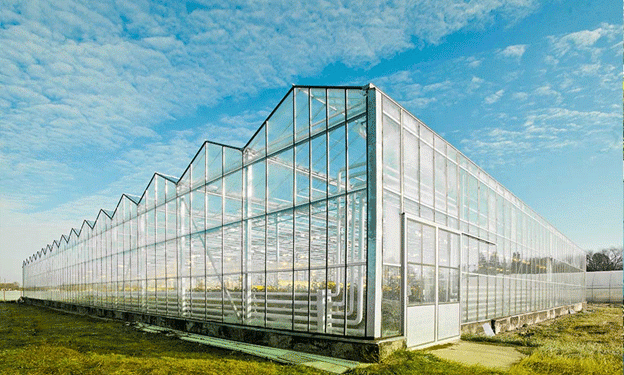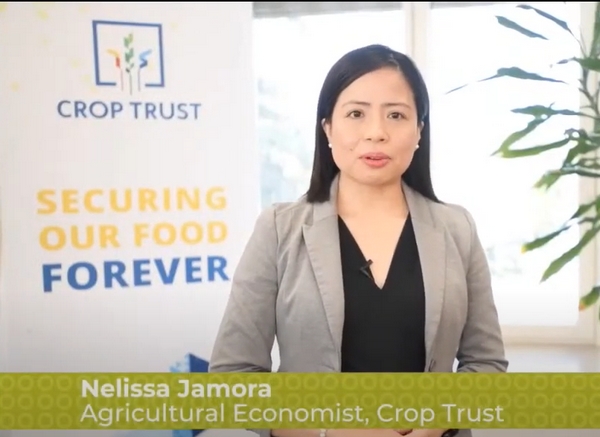Determining the environmental impact of fruits and vegetables involves evaluating several factors, including energy use, transportation, packaging, land use, pesticides, and water consumption. These factors vary by type of produce, season, and country of origin, making it difficult to provide a one-size-fits-all answer.
Energy Use in Greenhouses
Greenhouse cultivation requires significant energy for heating and lighting. This can result in a higher carbon footprint compared to open-field farming, especially in colder months when energy use peaks. Greenhouses often rely on fossil fuels for heating, although some are shifting towards renewable energy sources.
The Impact of Transportation
On the other hand, importing produce can also be resource-intensive. Transportation methods play a crucial role in determining the environmental impact:
- Air Freight: Often used for perishable items like soft fruit and avocados from distant continents. Air transport is highly energy-intensive and has a substantial carbon footprint.
- Sea Freight: More sustainable than air freight but still contributes to greenhouse gas emissions, especially over long distances.
- Road Transport: Less impactful than air and sea freight but still significant, particularly for long-haul routes.
Seasonality and Local Produce
Choosing locally grown, seasonal produce is generally more sustainable. Local vegetables and fruits, grown during their natural season, typically require less energy for heating and lighting and avoid the emissions associated with long-distance transportation.
Tips for Sustainable Choices
- Opt for Dutch Produce: During the growing season, local vegetables are often the most sustainable option. They reduce the need for energy-intensive heating and avoid the emissions from transportation.
- Choose Seasonal: Seasonal produce is less likely to be grown in heated greenhouses or imported. Check the monthly vegetable and fruit calendar from the Voedingscentrum for local options.
- Avoid Air-Freighted Produce: Steer clear of delicate fruits that are flown in from overseas. These often have a high environmental cost due to their mode of transport and packaging.
- Winter Choices: In winter, avoid fresh soft fruits that are either flown in or grown in heated greenhouses. Opt for more sustainable options like apples and pears.
- Look for Certifications: Check for sustainability certifications such as On the way to PlanetProof and EU Organic. These can guide you towards more eco-friendly choices.
The question of whether Dutch greenhouse produce is more sustainable than imported fruits and vegetables depends on a range of factors. While greenhouse cultivation has higher energy requirements, the transportation of imported goods—particularly by air—can be more environmentally damaging. By making informed choices and opting for local, seasonal produce, consumers can reduce their environmental impact and support more sustainable agricultural practices.












